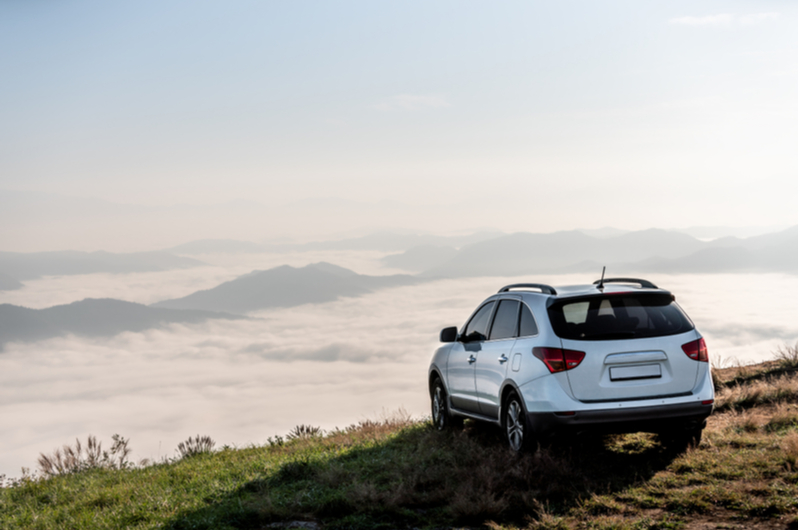A crossover SUV (CUV) is vehicle that is a mix between a sports utility vehicle (SUV) and a passenger vehicle of some sort. It can be hard to distinguish an SUV and a CUV. Within the crossover category itself exists multiple subcategories that distinguish crossovers based on size. A key difference between crossovers and SUVs is their foundation. Crossovers are built off of the foundation of a car whereas SUVs are built off of the foundation of a truck; this difference affects the overall structure of the vehicle. Although the body-on-frame construction of SUVs offer a towing advantage, Crossover SUVs offer many benefits and advantages over both cars and SUVs.
Costs
Crossovers are marketed as more fuel efficient than SUVs. With this notion in mind, owning a CUV, over the long term, should be more cost effective than owning a SUV. However, due to the frame construction of crossovers, CUVs can be slightly more expensive to repair than SUVs. Repair bills may be higher as a result of the increased risk of rust on CUVs and any frame damage as a result of an accident.

Whereas the average SUV gets around a combined 20 mpg fuel efficiency figure, many crossovers average around 25 mpg with some crossovers nearing 30 mpg. The 2018 Subaru Outback is an example of this, offering a combined figure of 28 mpg in the mid $20,000 price range.
Advantages
Today’s crossovers offer many of the advantages that SUVs have cars such as additional seating and expanded cargo space. In addition to fuel efficiency, CUVs offer greater torsional rigidity than SUVs; an advantage that is brought on by the unibody frame design of CUVs. Although a benefit for everyday street driving and possible racetrack driving, torsional rigidity is a disadvantage for off-roading. A rigid frame, however, also provides for increased cabin safety, which is why many crossovers have higher crash safety test ratings than SUVs. There are SUVs available to the market that do not have a crumple zone on the front, however nearly every crossover has a crumple zone, which helps to absorb impact upon a collision.
Traditionally, many people choose SUVs over cars due to the fact that SUVs are able to clear larger objects. However, crossovers have superb ground clearance as well. If needed, CUVs are able to go offroading, whereas cars cannot. Compared to cars, CUVs can be light and agile; giving them the best of both worlds.
Conclusion
Many marketers have created terms that confuse buyers, when aiming to more-specifically describe a platform. Therefore, it is important to assess the vehicle that is offered and understand the features that it has to offer. Ultimately, a buyers decision between purchasing a car, crossover, or SUV depends on their specific needs and situation. Crossover SUVs when compared to SUVs offer nearly equivalent features. Vehicles such as the Ford Edge, Lincoln MKC, Buick Encore, and Bentley Bentayga are all classified as crossovers in today’s market. CUVs offer competitive cost advantages to the traditional SUV.